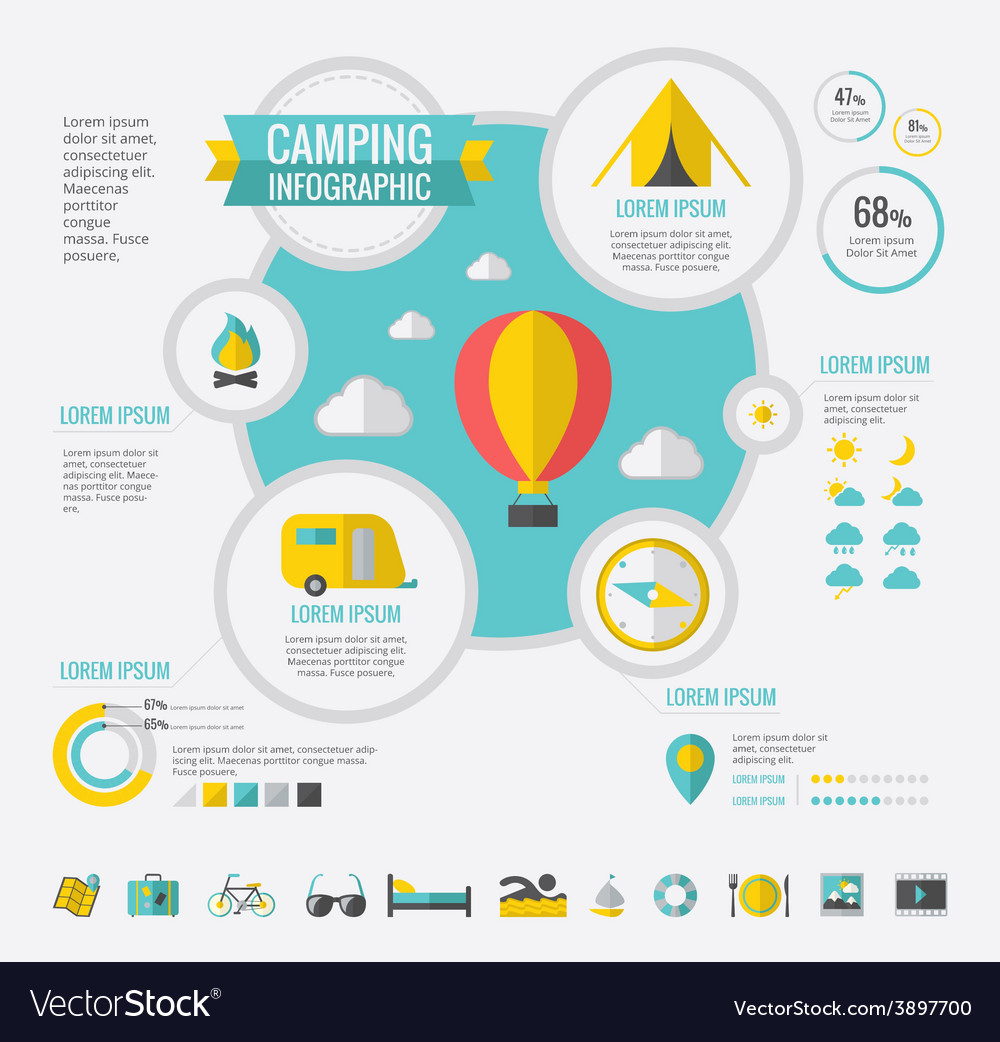The rain fly is a necessary part of your outdoor tents, shielding it from rain, wind and harsh sunlight. Whether you choose a roomy multi-room camping tent or light-weight backpacking camping tent, you'll discover that a high quality rainfly enhances your exterior experiences.
Try to find a rainfly with durable materials and a high water-proof rating. Take into consideration the weight and packability of a rainfly when selecting it for backpacking journeys.
Resting Tent
A rainfly supplies extra security for your outdoor tents from unexpected showers. Its style disperses rain and snow and assists protect against water from pooling on the top of your camping tent. This can create the fabric to droop and cavern, resulting in leakages.
Modern rainfly textiles include polyurethane or silicone finishings to supply extraordinary waterproofing. Several also feature secured joints to prevent water from leaking with sewing. Some even have reflective patches to assist you situate your tent in low-light conditions.
Select a rainfly that mirrors the environment and camping conditions you come across most regularly. For example, desert campers need a rain fly that obstructs wind and UV rays. Backpackers need to consider ultralight rain flies to lessen pack weight without endangering protection. Search for flexible add-on factors that permit you to change the tension on the fly to make sure that it is tight and located properly to prevent leaks. A well-positioned rainfly can likewise manage temperature level and reduce condensation inside the camping tent.
Tarpaulin
Tarpaulins are versatile pieces of camping gear, and a tarp shelter can be among one of the most comfy alternatives for camp. Along with having the ability to be set up in endless ways, tarps also tend to need less gear than camping tents and are much lighter in weight.
A major benefit to tarp shelters is that they enable adequate air flow. While this can be a disadvantage for some campers, that may like to have a much more encased area, it is a crucial consider maintaining passengers from overheating and reducing the accumulation of condensation that might jeopardize the material.
Just like other setups, when setting up a tarp shelter, make sure the ridge line is set up at an angle to aid straight rainfall and snow far from the sanctuary. A great ridgeline can likewise keep wind from blowing the tarp around. Ensure the tarpaulin is safeguarded effectively with ideal linking methods, such as a prusik knot (or moving knot), at heights that produce adequate head room and are not a tripping hazard, and incline the tarpaulin properly for drain.
Protection
A rainfly is one of the most important items of outdoor camping devices to cause any kind of journey. It safeguards your tent from weather that can promptly transform, enabling you to stay comfortable and enjoy your wild journeys.
Modern rain fly designs offer greater than simply water resistant protection. Some have built-in photovoltaic panels to assist you keep charged on the move, while others have adjustable vents for airflow to mitigate condensation build-up. Selecting a rainfly that fits your needs and preferences is essential for the total experience.
Try to find lightweight fabrics, such as nylon or polyester, and polyurethane layers to improve water resistance. Likewise consider the rainfly's head hydrostatic stress score, which helps you determine its capability to withstand rains and wind. Bear in mind that rain flies commonly need to be cleaned after each usage, because dirt can endure the waterproof layer. It's ideal to clean and shop it in a great, dry area to prevent mold and mildew and mildew.
Shelter
A rainfly is a crucial piece of equipment for your hammock, shielding you from the aspects and ensuring that you can rest conveniently. When handbag picking a rainfly, think about the climate and problems in which you'll be camping. For instance, tropical atmospheres may need a rain fly that has high moisture and UV protection. Various other considerations consist of fabric type and weight. Look for choices that are light-weight and made from long lasting products that withstand abrasions and stains.
If you don't have a rainfall fly, you can produce a makeshift shelter utilizing a tarpaulin. Nevertheless, it's ideal to set up your rainfall protection initially before setting up the remainder of your camping tent. This makes certain that you can rapidly and conveniently enter and out of your hammock in the event of an unexpected storm or adjustment in weather condition. Also, make certain that your rain fly is appropriately anchored to avoid waving in the wind. Bear in mind that rainfall flies and bug webs ought to be cleansed consistently to prevent mud, mold and mold from developing with time.
